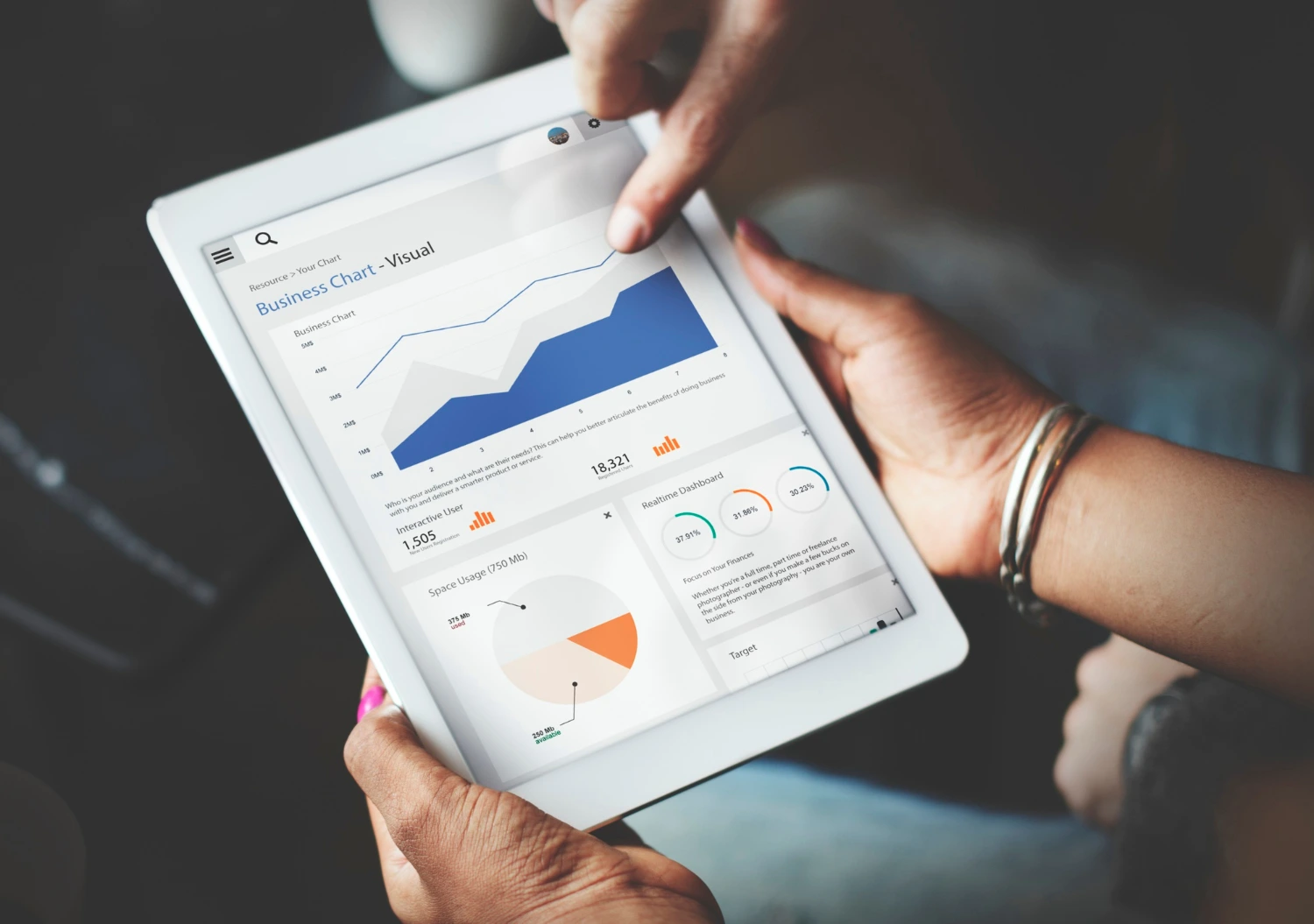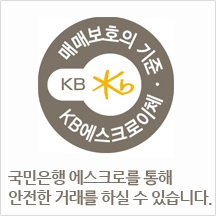As they Look to The Future
페이지 정보

본문
Case Study: Transforming Data Insights with Power BI Dashboard Development
 Introduction
Introduction
In the hectic world of business, data-driven decision-making has actually ended up being a crucial part for accomplishing competitive advantages. With business producing considerable volumes of data daily, the ability to examine and picture this information can considerably influence performance outcomes. This case study explores the successful execution and development of a Power BI control panel by XYZ Corporation, a mid-sized retail firm looking for to enhance its data analytics capabilities.
Background Data Visualization Consultant
Founded in 2010, XYZ Corporation has grown rapidly, handling multiple retail outlets across the region. Despite its growth, the business dealt with disparate data sources and troublesome reporting processes. The management team recognized the requirement for a detailed analytics solution to combine data, improve visibility into business operations, and allow more informed decision-making. After assessing numerous business intelligence tools, they decided to execute Microsoft Power BI due to its user-friendly user interface, robust combination capabilities, and cost-effectiveness.

Objectives
The main goals of developing the Power BI control panel were:

- Centralizing Data Sources: Integrate data from various sources, including sales records, consumer databases, and stock management systems.
- Enhancing Reporting: Shift from static reports to interactive dashboards that provide real-time insights into crucial efficiency indications (KPIs).
- Facilitating Data-Driven Decisions: Enable management and stakeholders to make informed choices based on accurate, up-to-date data.
- Improving User Experience: Create intuitive visualizations that accommodate users with varying levels of technical competence.
Methodology
The advancement of the Power BI dashboard followed a structured approach, including numerous key stages:
- Requirements Gathering: The project team, including business analysts, data engineers, and crucial stakeholders, performed workshops to recognize particular reporting requirements and KPIs that were crucial for business success. This consisted of understanding numerous departmental needs-- from sales and marketing to finance and operations.
- Data Combination: Leveraging Power BI's data ports, the group integrated data from several sources, including Excel spreadsheets, SQL databases, and cloud-based applications. During this stage, the group also guaranteed data quality through cleansing and transformation, ensuring that users would rely on precise data.
- Dashboard Design: Interface design focused on creating a visually attractive and easy to use dashboard. The group used finest practices in data visualization, such as using clear labeling, proper chart types, and color coding to distinguish data segments. This design approach was continuously improved based upon user feedback throughout the development stage.
- Development and Testing: The control panel was established utilizing Power BI Desktop, incorporating numerous visualizations like bar charts, line graphs, and geographic maps to illustrate sales performance, customer demographics, and stock levels. Rigorous testing made sure the precision of all data representations, as well as the responsiveness of the control panel.
- Deployment and Training: Once the control panel was settled, the group released it to the Power BI Service, making it accessible to users across the company. Comprehensive training sessions were held to familiarize staff members with the new tool, teaching them how to leverage its functions, interpret data visualizations, and extract meaningful insights.
Results
The execution of the Power BI dashboard yielded substantial improvements for XYZ Corporation:
- Improved Accessibility to Data: With centralized data in one control panel, departments no longer operated in silos, promoting partnership and enhancing information sharing throughout the organization.
- Enhanced Decision-Making: Management reported a marked improvement in decision-making speed and precision owing to real-time data insights. For example, marketing might examine client getting patterns and adjust campaign methods on the fly.
- Increased Efficiency: The time invested in creating reports decreased considerably. What formerly took days of manual data processing might now be accomplished in minutes, permitting employees to focus on more tactical jobs.
- User Engagement: Employee engagement with data analytics increased considerably, as users were empowered to explore the dashboard separately, causing a data-driven culture throughout the company.
Conclusion
The development of the Power BI control panel at XYZ Corporation exhibits the transformative power of contemporary data analytics tools in facilitating notified business decisions. By centralizing data, improving reporting procedures, and boosting accessibility, the business not just enhanced its operational efficiency but likewise promoted a culture of data-driven decision-making. Other organizations can obtain valuable insights from this case study and think about executing similar solutions to harness the power of their data for continual development and competitive benefit. As businesses continue to evolve in the data landscape, welcoming tools like Power BI will remain essential for success.
- 이전글Кешбэк в онлайн-казино vodka casino: воспользуйтесь 30% страховки от проигрыша 25.07.30
- 다음글Funbet Slovensko – Online Kasíno a Športové Stávky 25.07.30
댓글목록
등록된 댓글이 없습니다.


